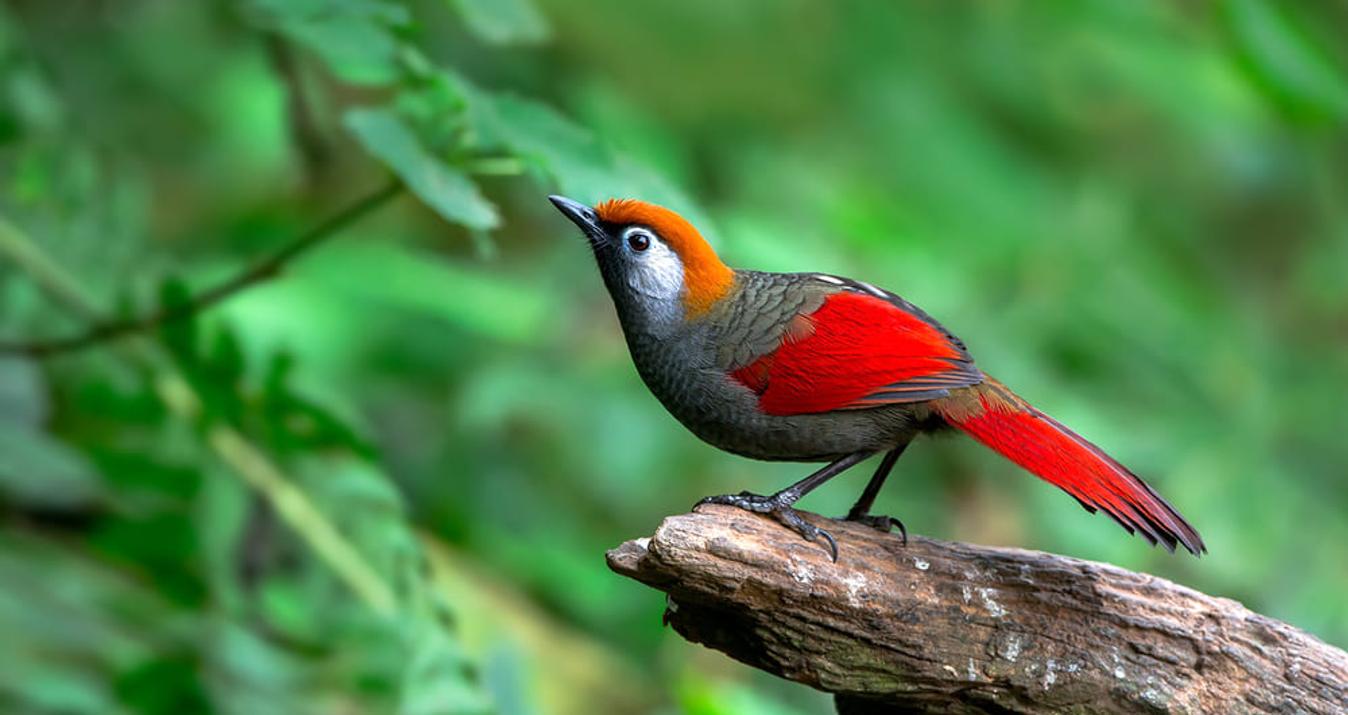The Magical World of Infrared Photography
January 18, 2018

As creatives, we are looking for ways to stand apart from others. Infrared photography, where are captured in higher wavelengths than the human eye can see, combined with Luminar 2018 is the perfect way to do just that.
As creatives, we are looking for ways to stand apart from others. Infrared photography combined with Luminar 2018 is the perfect way to do just that.
Photographers study light, with its all-important role in creating dynamic imagery to master their craft. The light our eyes perceive is only a portion of the light spectrum that exists around us. In higher wavelengths than the human eye can see exists the infrared spectrum. Digital cameras contain filters to prevent infrared light from hitting the sensor. When those filters are replaced with ones that allow only infrared or some combination of visible and infrared light to reach the sensor, a new creative world of image making emerges.

Light waves are measured in nanometers (“nm”). The minimum and maximum lengths of their waves distinguish the visible range, 400 to 700 nm, from the infrared range, 700 to 1000 nm. Lens-mounted or internal filters used to convert digital cameras for infrared photography are categorized by the shortest wavelength they allow to pass to the camera sensor. If the number is below 700, a portion of the visible spectrum and the infrared spectrum reach the sensor. Filters below 700 nm result in images with a lot of what is known as “false color” that differs substantially from the color you and I see each day. Filters above 700 nm yield little or no color.

While the action of shooting infrared is the same as shooting visible light, the uniqueness of infrared images comes from the difference in how objects reflect visible and infrared light. You may have seen striking landscape images where the foliage is all white. This phenomenon occurs, because the leaves reflect infrared light just as intensely as snow reflects visible light. Skies and water are poor infrared reflectors and are very dark. Skin is translucent in infrared with reflection occurring at a sub layer, so tattoos are extremely dark, freckles and blemishes disappear, and veins are revealed. Other objects such as fabrics vary widely in their reflective properties. Take test shots and view them with particular attention to your histogram on your camera’s LCD to understand how the components of your scene will turn out.

The major learning curve of infrared photography is in the post-processing. Unlike regular photography where a tweak of contrast and saturation are often all you need, a number of steps must be taken to convert a RAW infrared image to your artistic dream. The Infrared Mastery presets for Luminar were created to simplify this process to a single click. For a detailed description of the steps involved in manually processing an infrared image, take a look at the book, Infrared Photography: Artistic Techniques for Brilliant Images by Laurie Klein and Kyle Klein.






